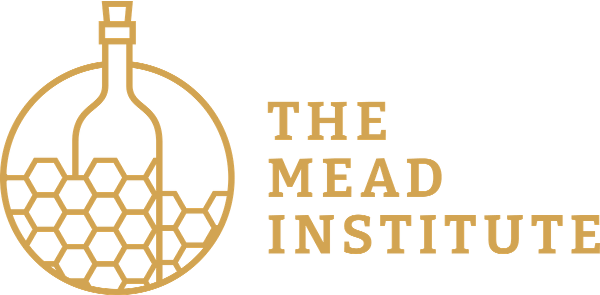Honey – The Cornerstone of Mead
Varietal Quality, Consistency and Verifiable Identity – A Quality Testing Process Development Project
One of the things I am most excited about at The Mead Institute is leading the research that will help mead producers understand the markers of a consistent, pure and clean honey supply.
As the cornerstone of the mead production process, consistent, high quality honey is critical to producing consistent, high quality mead. But how does a meadery ensure that their honey supply is consistent and high quality in an objective, verifiable, repeatable way?
At this point in our young industry, it is very hard or maybe even impossible to do so, at least to my knowledge as well as in conversation with the Board of the Mead Institute. This state of affairs presents a significant challenge to growing the mead Industry. So far, the members of the Board of The Mead Institute have been unable to identify a honey quality verification process that is practical and accessible to industry members.
As a result, The Mead Institute started a partnership with Dr. Cory Amal, the Chair of the Chemistry Department at Eastern Michigan University in order to help us understand the “chemical fingerprint” of various varietal and regional honeys, as well as markers of purity and cleanliness. This effort, once complete, will be a significant milestone towards developing the process for meaderies that ensures quality, clean, authentic honeys.
To accomplish this effort, we intend to collect samples of known, pure varietal honeys from beekeepers across the country, focusing on the top twelve varietal honeys we’ve identified as most important for the mead industry. These are California Orange Blossom, Florida Orange Blossom, Tupelo, Meadow Foam, Alfalfa, White Clover, Red Clover, Sweet Clover, Raspberry Blossom, Blackberry Blossom, Heather and Lehua Blossom. If anyone has a strong feeling and case for the inclusion of a different honey selection in our study, please let us know.
We will run these samples through a Nuclear Magnetic Resonance Imager as well as a Gas Chromatograph Mass Spectrometer. These tests will enable us to establish a baseline identity for these honeys and the varietal markers of quality that define them. Using these baselines, and establishing a protocol to determine them, we intend to develop partnerships with various universities and chemical analysis companies who are willing to develop a fee for service testing capability for mead industry members.
Because mead fermentation adds significant value to honey, we anticipate enthusiastic support from state run, agriculture focused research universities. As many meaderies are aware, the process of making honey into mead can increase the value of the honey within by a multiple of 5 to 20. $1 of wholesale honey can turn into $5 to $20 or more of finished mead at retail.
This is an ambitious project. But the need is pressing. Various tests, studies and class action lawsuits have shown honey samples to turn out adulterated 33-70% of the time (https://www.insider.com/fake-honey-problems-how-it-works-2020-9). Without the ability to test honey for verifiable markers of purity and consistent quality, mead makers risk selling a product that they cannot stand behind and as a result, the opportunity to create the great value that honey truly represents in mead is suppressed.
At the Mead Institute, we look forward to sharing this research and our results with the broader mead world, for the creation of more high quality honey and more valuable mead.
-Frank Golbeck
Co-Founder, Mead Institute
Founder, Golden Coast Mead
